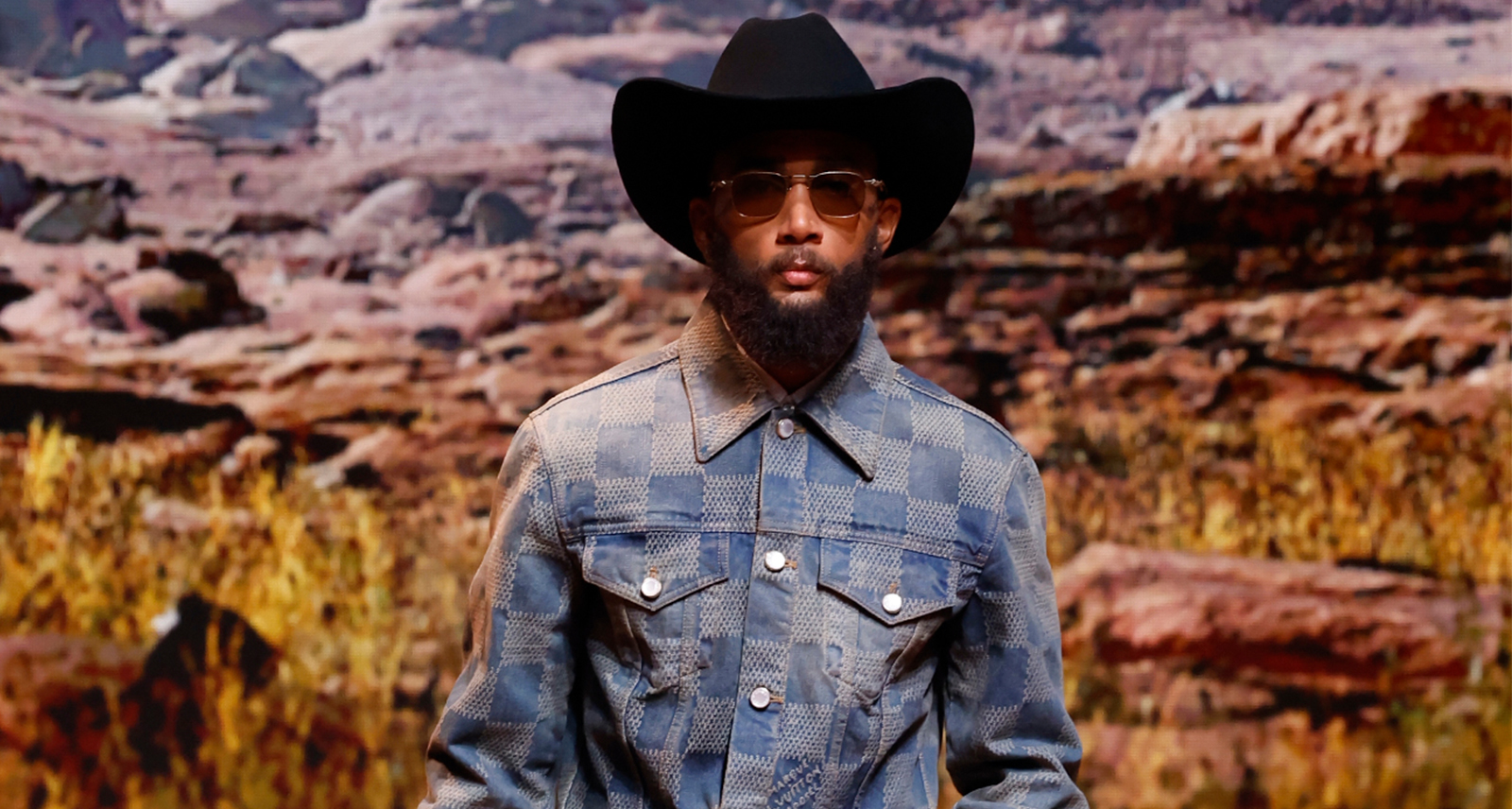How Porsche Made the 911 Even Better
Even of you’ve never driven one, you are familiar with the Porsche 911. You’ve watched it speed past on city streets; you’ve seen it in magazines; you remember it from your dreams.
Since it debuted in 1963, the 911 has been superlative in speed, performance, and design. Collectors salivate over them. New York’s Museum of Modern Art has one — a rare 1965 original in flawless cream — in its permanent collection. Even non-Porsche enthusiasts could probably draw its silhouette blindfolded.
Given that pedigree, Porsche set itself an unenviable task in designing a brand new one. How do you improve a car like that? The answer, it turns out, is fairly simple: you just make it even better.

The bones of the 2020 iteration are still unmistakable, from the rear-mounted engine to the teardrop roofline to the round headlights.
But everything on the new car has been taken further, to its logical extreme. The car is a shade longer and wider than its predecessor. The wheel casings are wider, and the rear wheels, at 21 inches, are now an inch larger than the front ones. The engine, a supremely capable 3.0-litre twin-turbo flat-six, has been nudged forward slightly. The result is a more evenly weighted car, which almost seems glued to the road — even on the track.

After all, the Porsche 911 is — and always has been — a sports car. It was designed to be driven the way one should drive a sports car, which is to say very fast. And the numbers bear that out. For example, there’s the fact that the new engine, with its more precise fuel injectors and larger turbochargers, produces 443 horsepower (up from 420 in the last generation), and 390 pound-feet of torque (up from 368). With that, the new 911 Carrera S rockets from 0 to 100 km/h in 3.7 seconds, and the four-wheel drive Carrera 4S does it in 3.6 — an improvement in both cases of 0.4 seconds from the previous version. And in case you were wondering, the new Carrera S demolished the Nürburgring a whole five seconds faster than the previous iteration.

This focus on incremental improvement is carried through the design as well. The door handles now lie perfectly flush for better aerodynamics, and the car’s revamped rear end, which features a long LED tail lamp running end to end, accentuates the substantial width and athleticism of the 911. That same horizontal focus is also found inside, where the cabin has been entirely redesigned and includes a suite of new tech accessed through a 10.9-inch screen.
Of course, Porsche didn’t need to make any of these changes. The thing about an icon is that it lives outside of time, perfect and untouched. The fact that they did — and that they managed to improve the 911 even further — speaks volumes. Your dreams will never be the same.










